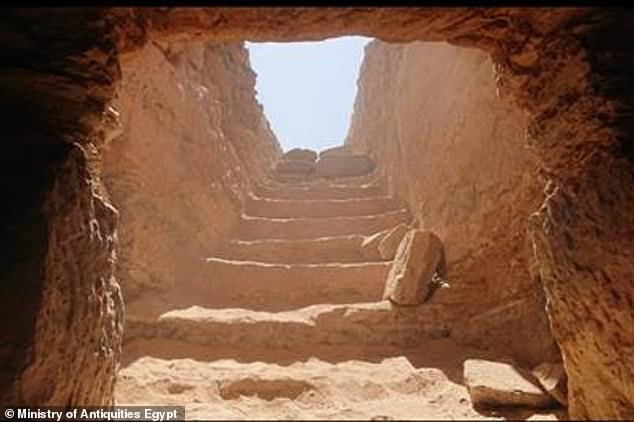An Egyptian-Italian archaeological mission has made a remarkable discovery in the Aswan West Bank area of southern Egypt. The team uncovered an ancient tomb containing the mummified remains of a mother and child, along with 28 other preserved bodies.

Tomb Dates Back to Graeco-Roman Period
Authorities have dated the tomb to the Graeco-Roman period, which began when Alexander the Great conquered Egypt in 332 BC. The tomb comprised a staircase leading down to burial chambers, with the entrance at the top sealed by a stone wall.

Artifacts and Coffin Texts Provide Clues
Among the artifacts found in the tomb were a statuette of a bird, various vases, and a stretcher likely used to bring mummies into the tomb. Writing on fragments of a painted wooden coffin revealed prayers to different gods and the name of the tomb’s owner, Tjt.



Mother and Child Mummies Discovered
Mission head Patrizia Piacentini of the University of Milan noted that two of the mummies were “superimposed” and thought to be a mother and child. The pair were extracted still covered in painted cartonnage. The main burial chamber contained 30 mummies in total, including young children lying together in a long, sideways alcove.
Over 300 Tombs Mapped in Area
To date, the archaeological mission has mapped around 300 individual tombs in the area surrounding the nearby Mausoleum of Aga Khan III. The tombs span from the 6th century BC to the 4th century AD, with 25 excavated in the past three years alone. The newly revealed tomb is a fascinating glimpse into ancient Egyptian burial practices and the lives of those laid to rest within.
